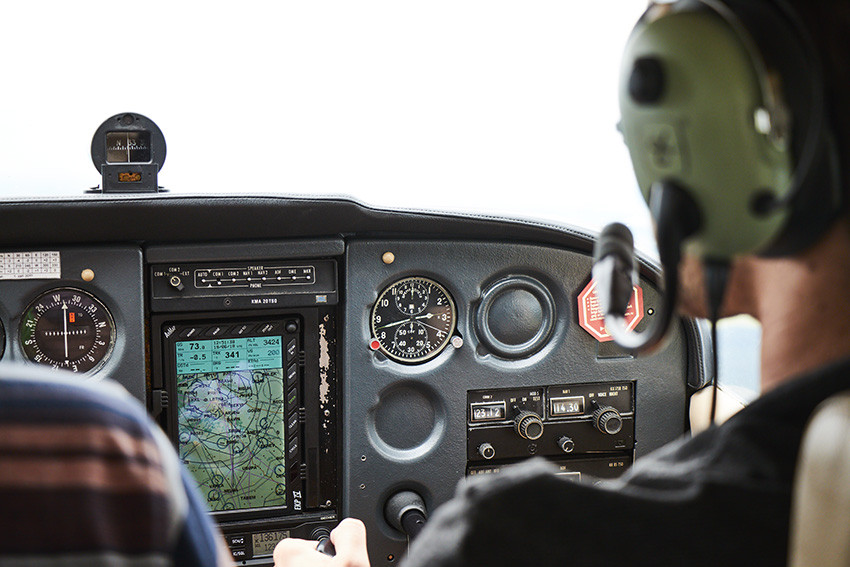
In the dynamic world of aviation, safety and regulatory compliance are paramount. The meticulous adherence to aircraft compliance standards is not merely a choice but a necessity, rooted in the essence of responsible aviation practices. In this comprehensive article, we will delve deep into the world of aircraft compliance, exploring its significance, various aspects, and the critical role it plays in the aviation industry.
The Essence of Aircraft Compliance
Aircraft compliance refers to the strict adherence to a set of rules, regulations, and guidelines governing the operation, maintenance, and safety of aircraft. These standards are not arbitrary; they are meticulously crafted by aviation authorities, such as the Federal Aviation Administration (FAA) in the United States or the European Union Aviation Safety Agency (EASA) in Europe, to ensure the highest levels of safety and operational efficiency within the aviation industry.
Safety as the Cornerstone
Safety is the cornerstone of aircraft compliance. Every regulation, every guideline, and every requirement is designed with the singular objective of safeguarding passengers, crew members, and the general public. The aviation industry's impressive safety record is, in no small part, a testament to the rigorous standards of compliance that are diligently observed.
The Multifaceted World of Aircraft Compliance
Aircraft compliance is a multifaceted concept encompassing a wide array of aspects. Let's explore some of the key dimensions:
1. Regulatory Frameworks
At its core, aircraft compliance is about adhering to a complex web of regulations. This includes everything from airworthiness directives and operational restrictions to maintenance schedules and crew certification requirements. Each country or region may have its own set of rules, making it imperative for airlines and operators to be well-versed in the specific compliance framework that governs their operations.
2. Maintenance and Inspections
Aircraft are intricate machines that require meticulous maintenance and regular inspections to ensure their airworthiness. Compliance mandates a strict adherence to maintenance schedules, inspection protocols, and the replacement of components when necessary. Failure to do so can compromise the safety of the aircraft and those on board.
3. Documentation and Records
Accurate record-keeping is a fundamental aspect of aircraft compliance. Every maintenance action, repair, and modification must be meticulously documented. These records serve as a crucial resource for both regulatory authorities and operators, helping to trace the history and condition of each aircraft.
4. Safety Management Systems (SMS)
Modern aviation embraces Safety Management Systems as a proactive approach to safety. These systems entail identifying and mitigating potential risks before they can lead to accidents. Compliance with SMS requirements is not only a regulatory mandate but also a best practice for enhancing safety.
5. Environmental Compliance
In an era where environmental concerns are at the forefront, aircraft compliance also extends to environmental regulations. Aircraft must adhere to emissions standards and noise regulations, contributing to a more sustainable and responsible aviation industry.
Why Aircraft Compliance Matters
The importance of aircraft compliance cannot be overstated. It serves several critical purposes:
1. Safety Assurance
Aircraft compliance is the linchpin of aviation safety. It ensures that aircraft are maintained in optimal condition, pilots are well-trained, and operations adhere to strict safety protocols. This, in turn, minimizes the risk of accidents and incidents.
2. Regulatory Adherence
Failure to comply with aviation regulations can lead to severe consequences, including fines, grounding of aircraft, and even legal actions. Compliance is not just a matter of safety; it's a legal and regulatory requirement.
3. Reputation and Trust
Airlines that consistently demonstrate a commitment to compliance gain the trust of passengers. Passengers are more likely to choose carriers with a reputation for safety and reliability, reinforcing the importance of compliance in the industry.
4. Cost Efficiency
While compliance can be costly, it ultimately contributes to cost efficiency in the long run. Well-maintained aircraft are less prone to breakdowns and accidents, reducing operational disruptions and associated costs.
Challenges in Achieving Compliance
Attaining and maintaining aircraft compliance is no small feat. It presents several challenges, including:
1. Regulatory Complexity
The aviation regulatory landscape is intricate and subject to frequent updates. Staying abreast of changes and ensuring compliance across various jurisdictions can be daunting.
2. Cost Burden
Compliance often requires substantial financial investments in training, maintenance, and equipment. Smaller operators may find it challenging to bear these costs.
3. Balancing Efficiency
Striking a balance between compliance and operational efficiency can be a delicate act. Stringent compliance may lead to increased downtime, impacting an airline's ability to meet customer demands.
4. Human Factors
Human error remains a significant factor in aviation incidents. Training, fatigue management, and human factors engineering are vital components of compliance.
Conclusion: A Commitment to Excellence
Aircraft compliance is not a choice but an imperative. It is the bedrock upon which the aviation industry rests its commitment to safety, reliability, and excellence. In a world where safety and regulation are paramount, compliance is the compass that guides aircraft through the skies, ensuring that they reach their destinations safely, every time.



